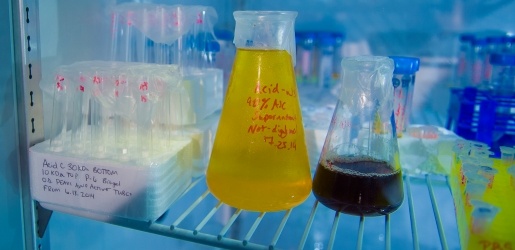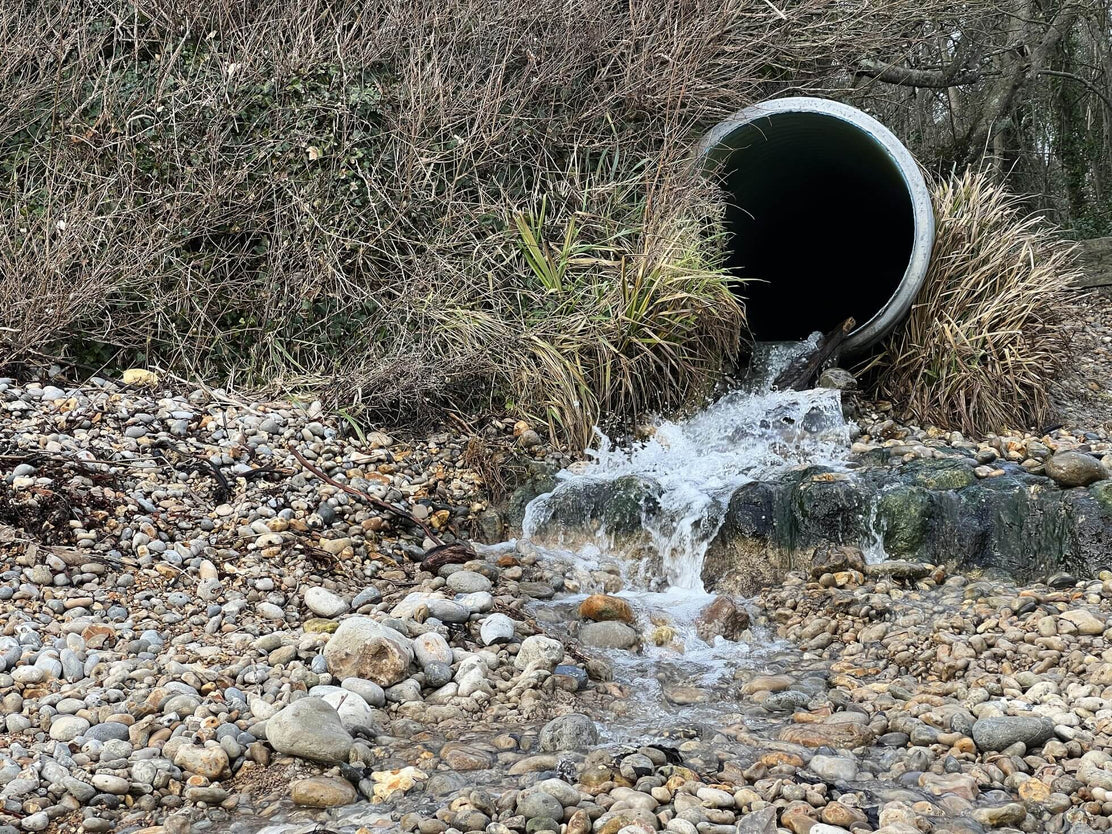Top Liquid Waste Disposal Melbourne: Trusted Services for Proper Waste Management
Top Liquid Waste Disposal Melbourne: Trusted Services for Proper Waste Management
Blog Article
Just How Liquid Garbage Disposal Works: An In-depth Summary of Strategies and Technologies Utilized

Summary of Liquid Waste Types
The complexity of liquid waste types necessitates a thorough understanding of their features and effects for disposal. Fluid waste can generally be classified into a number of types, including commercial, community, farming, and unsafe waste. Each group shows unique buildings, calling for certain administration techniques to mitigate ecological and health and wellness dangers.
Industrial liquid waste stems from making processes and frequently contains a series of impurities, such as hefty metals, solvents, and natural substances. Local liquid waste, largely making up wastewater from homes and commercial facilities, includes natural matter, nutrients, and pathogens (industrial wastewater treatment). Agricultural fluid waste, including drainage from ranches, may have fertilizers, chemicals, and animal waste, posing dangers to water quality and ecological communities
Dangerous fluid waste is characterized by its toxicity, sensitivity, or possible to create harm. Comprehending these varied fluid waste kinds is important for creating reliable disposal methods and guaranteeing conformity with ecological laws.
Physical Treatment Methods

Screening is the preliminary step, where larger fragments and particles are gotten rid of from the fluid waste utilizing screens or grates. This process protects downstream tools from damages and makes sure smoother operation. Following screening, sedimentation makes use of gravitational pressure to separate solids from fluids. In sedimentation containers, much heavier bits work out near the bottom, creating a sludge layer, while the cleared up liquid can be further dealt with.
Filtering is another essential approach that includes passing the fluid via porous products, such as sand or membranes, to record smaller fragments. This step boosts the high quality of the fluid, making it appropriate for subsequent therapy procedures.

Chemical Therapy Methods
Chemical therapy techniques are crucial for efficiently taking care of liquid waste, specifically in dealing with liquified and colloidal contaminants that physical techniques might not sufficiently get rid of. These methods make use of various chemical agents to counteract, precipitate, or transform unsafe substances into much less harmful types.
One usual method is coagulation and flocculation, where chemicals such as alum or ferric chloride are added to advertise the gathering of suspended bits. This procedure boosts sedimentation, enabling much easier elimination of the resulting sludge. Additionally, oxidation processes, utilizing representatives like chlorine or ozone, are used to break down complex organic substances and virus, providing the waste safer for discharge or further treatment.
Neutralization is one more essential technique, which adjusts the pH of acidic or alkaline waste streams to neutral levels, stopping possible injury to downstream systems and the setting. Furthermore, advanced oxidation processes (AOPs) utilize combinations of oxidants and ultraviolet light to deteriorate consistent pollutants, attaining a higher degree of therapy effectiveness.
Organic Treatment Procedures
Biological therapy procedures play a crucial role in the management of liquid waste by utilizing microorganisms to Get the facts decompose raw material and decrease impurity degrees. These processes can be extensively categorized into anaerobic and aerobic therapies, each using certain microbial neighborhoods to accomplish effective waste degradation.
Cardio therapy includes making use of oxygen to help with the breakdown of natural products by germs. This process is commonly applied in turned on sludge systems, where oygenation tanks provide a helpful atmosphere for microbial growth, leading to the oxidation of natural contaminants. The resultant biomass can be separated from dealt with effluent with sedimentation.
On the other hand, anaerobic therapy happens in the absence of oxygen, counting on different microorganisms to damage down organic issue. This technique is particularly useful for high-strength waste, as it produces biogas, a renewable power source, while lowering sludge production. Technologies such as anaerobic digesters are frequently utilized in municipal and commercial applications.
Both cardiovascular and anaerobic organic treatments not just minimize the ecological effect of fluid waste however also assist in source recuperation, making them vital parts of sustainable waste monitoring methods. Their effectiveness, performance, and adaptability support their prevalent implementation throughout numerous industries.
Arising Technologies in Disposal
Cutting-edge approaches to liquid garbage disposal click are swiftly progressing, driven by innovations in modern technology and an enhancing focus on sustainability. Amongst these arising technologies, membrane bioreactors (MBRs) have gotten grip for their capacity to incorporate organic therapy with membrane filtration, resulting in top find out notch effluent that can be recycled in numerous applications. MBRs make it possible for smaller sized impacts and more efficient operations compared to traditional systems.
Another promising development is the use of anaerobic digestion combined with nutrient recovery technologies, which not only deals with fluid waste yet additionally creates biogas and recoups beneficial nutrients like nitrogen and phosphorus. This twin advantage improves resource efficiency and reduces environmental influence.
In addition, progressed oxidation procedures (AOPs) are being adopted for the degradation of complex natural toxins. These techniques use powerful oxidants and stimulants to damage down pollutants at the molecular level, offering a very efficient service for challenging waste streams.
Moreover, the assimilation of man-made intelligence and artificial intelligence in waste administration systems is optimizing functional effectiveness and predictive upkeep, causing decreased prices and enhanced environmental conformity. These innovations mirror a considerable shift in the direction of more efficient and sustainable fluid garbage disposal practices.
Verdict
To conclude, effective liquid waste disposal requires a comprehensive understanding of numerous techniques and modern technologies. The combination of physical, chemical, and organic treatment approaches guarantees the reliable management of diverse waste types. In addition, the development of cutting-edge technologies improves therapy effectiveness and advertises sustainability in waste management methods. By continually advancing these methods, it comes to be possible to attend to the expanding challenges connected with fluid waste, ultimately contributing to environmental management and resource recovery.
Fluid waste disposal is a vital facet of ecological management, requiring an extensive understanding of different methods and modern technologies customized to various waste kinds. Fluid waste can generally be classified right into numerous kinds, consisting of commercial, local, farming, and unsafe waste. Agricultural fluid waste, consisting of drainage from ranches, might consist of plant foods, chemicals, and animal waste, positioning dangers to water high quality and environments.
Different physical treatment techniques play a vital function in handling liquid waste properly - industrial wastewater treatment.In final thought, reliable fluid waste disposal demands a comprehensive understanding of different strategies and innovations
Report this page